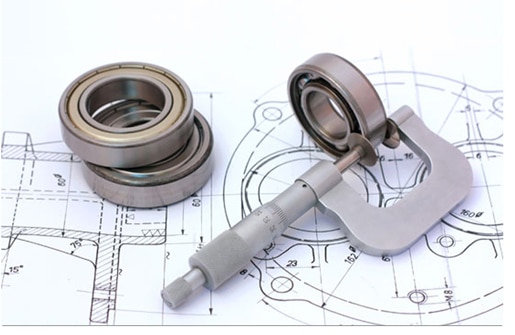Reverse Engineering
 At Fablab it is now possible to create computer generated 3D template from real, existing objects. After the 3D scanning process, we are left with a scatterplot. With the information contained in this point cloud, we can recreate a parametric 3D object. This resulting 3D template can be useful if you want to modernize the manufacturing process, change or create a new part to fit with the existing object.
At Fablab it is now possible to create computer generated 3D template from real, existing objects. After the 3D scanning process, we are left with a scatterplot. With the information contained in this point cloud, we can recreate a parametric 3D object. This resulting 3D template can be useful if you want to modernize the manufacturing process, change or create a new part to fit with the existing object.
The CAD 3D file can also be useful to take precise measurements of parts, to redesign a part without it’s manufacturing defects, or to reproduce a broken component. Using this model, you can also obviously 3D print your part at any time.
Possible Uses
- Measure complex parts more easily
- Replicate a part without its manufacturing defects
- Recreate a model without its CAD files
- Analyse or improve the properties of a product
- Recreate a part in a different material
- Replicate a broken part
Object
We arrange and clean up the object from which we want to get a CAD 3D file. It is then manually scanned. Reverse engineering is possible with all types of parts, big or small.
Point cloud
Once the object is digitized, we have very precise point clouds that are true to the original 3D item. We then analyze the various point clouds to eliminate the noise and to smooth the surfaces.
Triangulation
The point clouds are converted into a polygonal mesh. At this point, the 3D mesh is ready to use for 3D printing, but this prototype will have the same defects as the original object.
Reverse engineering
The last step produces a parametric part in CAO 3D using the polygonal mesh from the previous operation. Geometric curves are generated before creating surfaces that will fit the shape of the mesh.